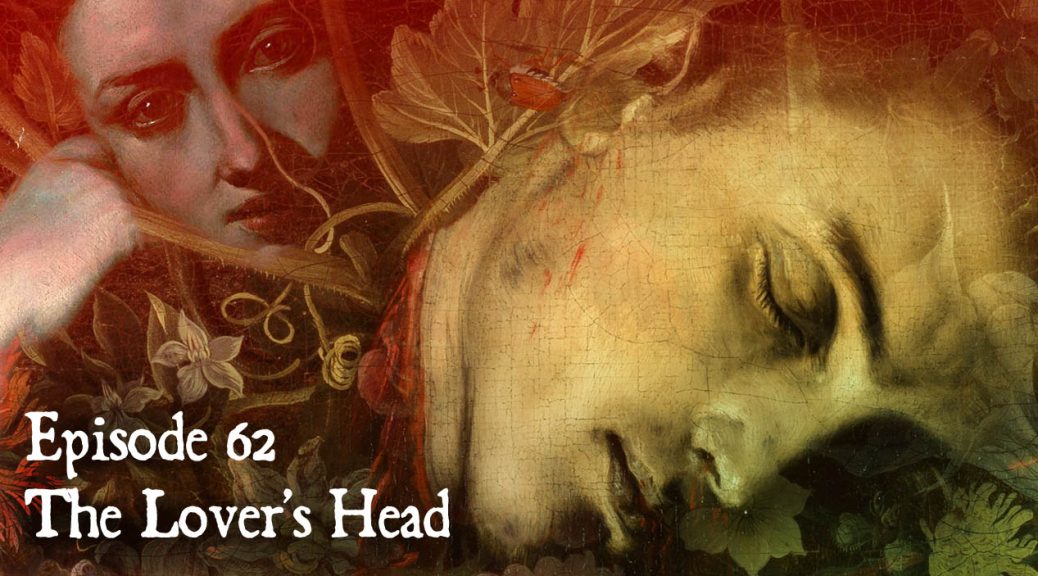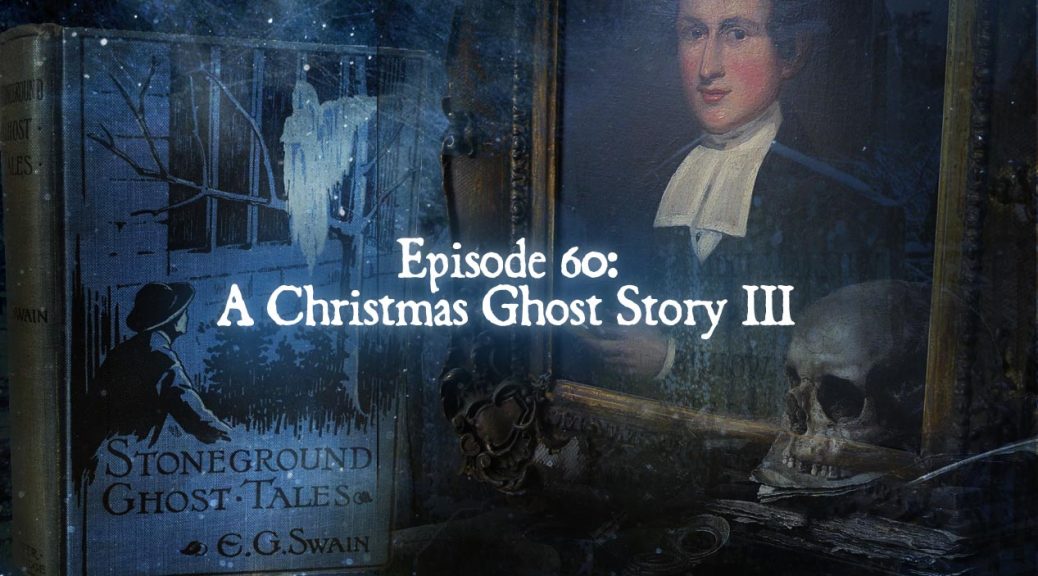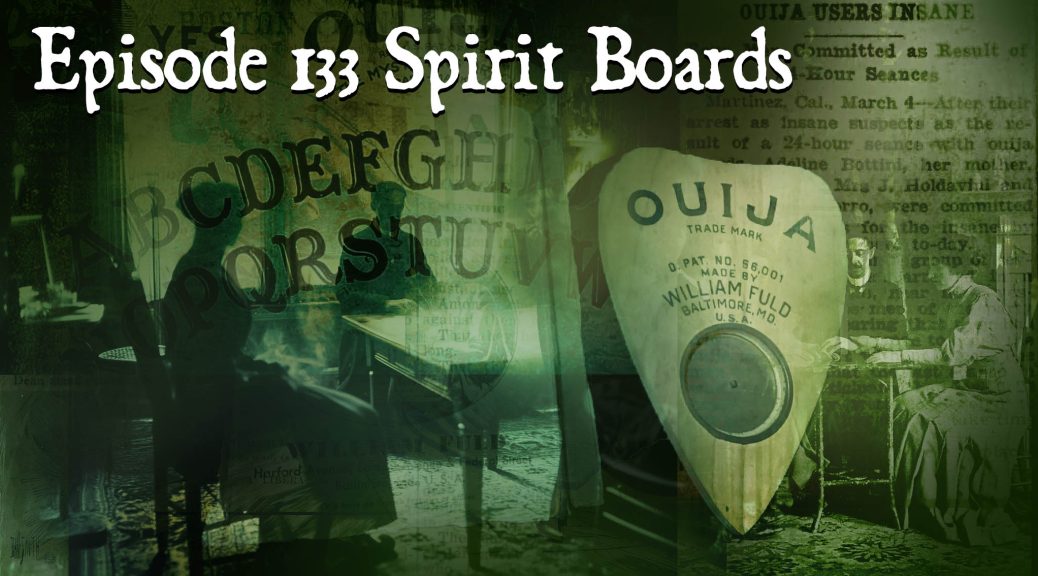
Spirit Boards
Podcast: Play in new window | Download (Duration: 38:37 — 44.2MB)
Subscribe: Apple Podcasts | Spotify | Android | Podchaser | RSS | More
Ouija boards, or more generally, “spirit boards” have antecedents going back to the very first days of the Spiritualist movement. We begin our show with a seasonally spooky visit to the cottage of the Fox sisters in Hydesville, New York, where the ghost of a murdered pedlar supposedly began communicating with the family through a series of mysterious knocking sounds. While the method used by the Fox sisters to translate these knocks into messages anticipates the process of pointing out letters on a Ouija board, the evolution of spirit boards was not so straightforward.
We learn how the planchette, used on board as a pointer, appeared long before any boards were printed and was initially used as a writing device. It was equipped with a pencil inserted through it like a third leg. As the planchette was guided by the user (supernaturally and/or unconsciously), “spirit writing” was produced.
We next hear from a number of contemporaneous accounts describing the pencil planchette as if it were inhabited by a ghostly presence and how these devices first appeared in Paris and London. Once imported to America, the homeland of the Spiritualist movement, merchants in Boston and New York did brisk business in producing versions of their own.

By the 1880s, the planchette was finally beginning to be used as a pointer, and W. S. Reed Toy Company of Massachusetts became one of the first merchants to produce boards printed with letters. Reed’s model was known as the “Witch-board.” Along the way, we hear of an unexpected connection between President Grover Cleveland and Witch-boards.
We then go to Baltimore, where former fertilizer salesman Charles W. Kenner partners with attorney Elijah to create their own version of the ghostly spelling board, one they name Ouija. Lore around the naming of the board (through a seance) and peculiar happenings at the US Patent office in Washington DC are discussed along with the passing of rights to manufacture the novelty to William Fuld, who manufactured the Ouija board from 1897 to his untimely death in 1927.
We discuss the phenomenon of “Ouija-mania,” which generated a number of songs and (questionable) literary works. Ouija-mania also generated a certain degree of misery among unstable users. Several absurd and tragic stories from newspapers of the day are read by Mrs. Karswell, and we close with a particularly dramatic story told in a letter preserved in the William Fuld archives. It conceives of the Ouija as a tool of the Devil, something we will explore more in our next episode.

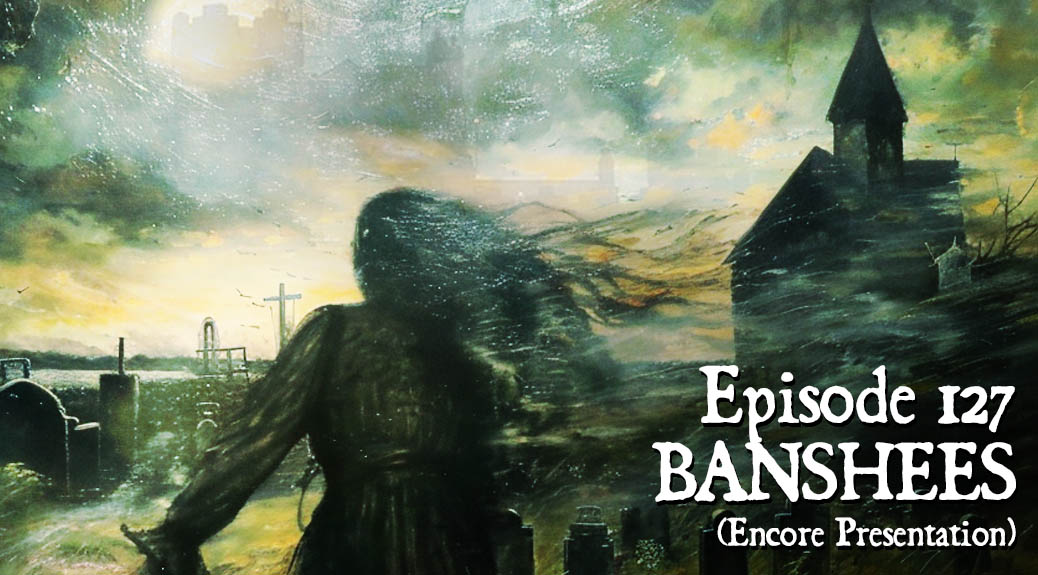



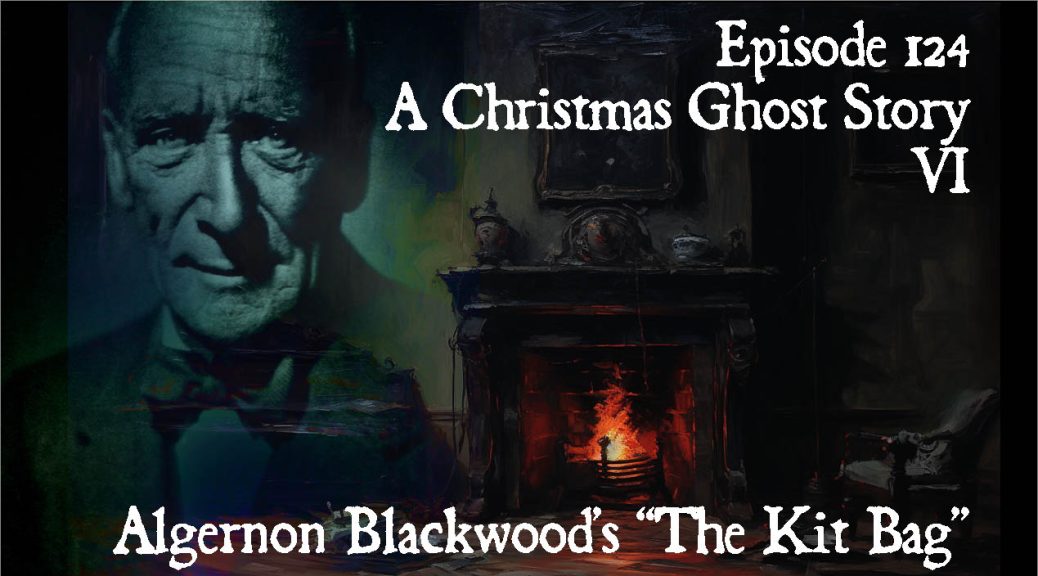
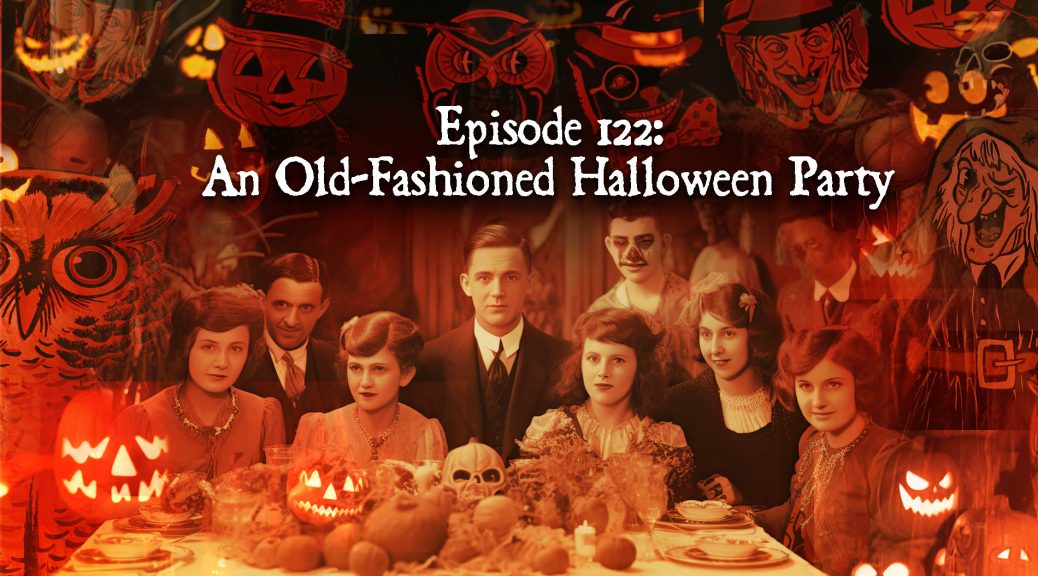

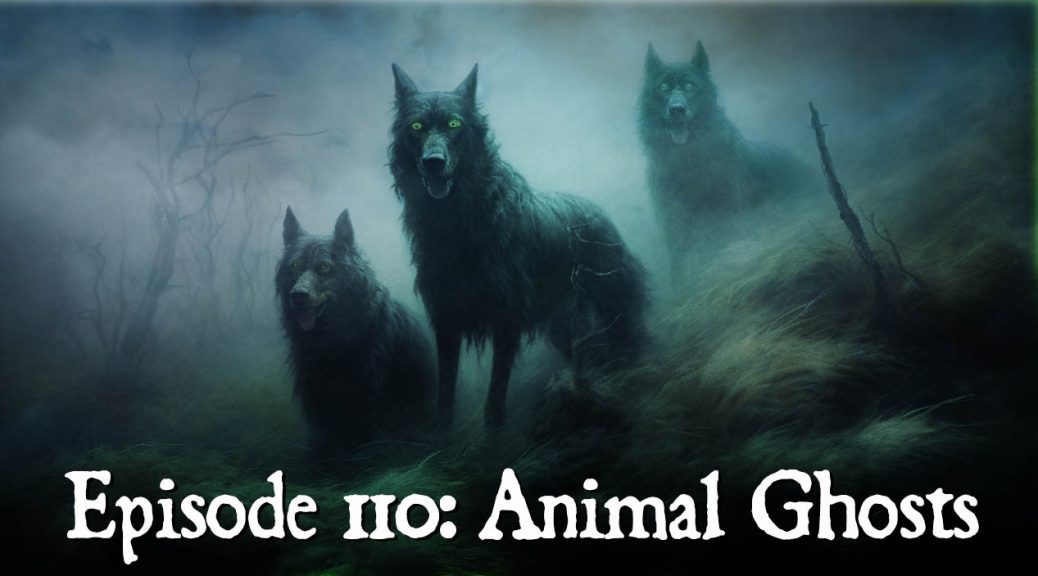
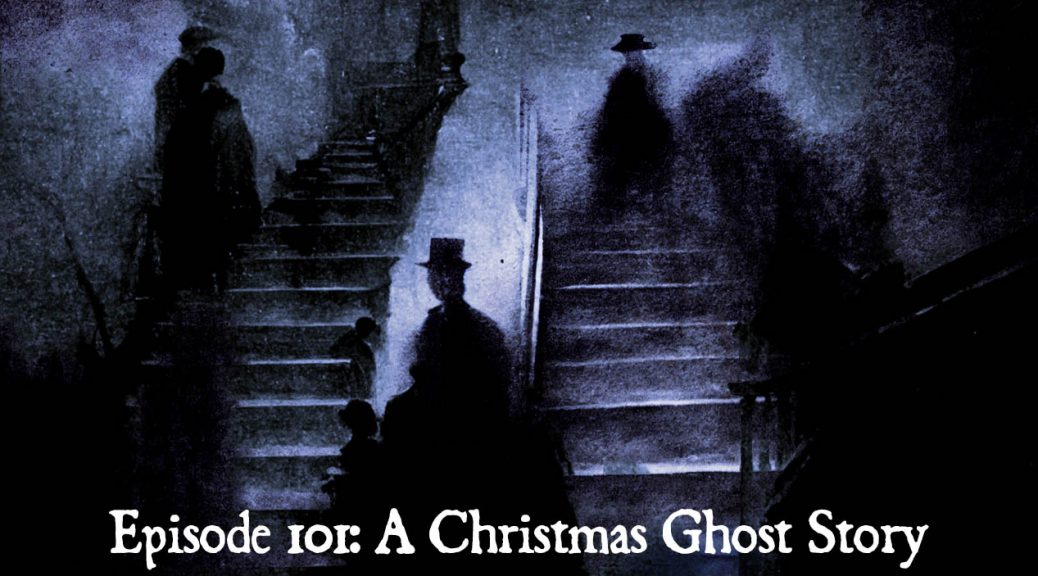
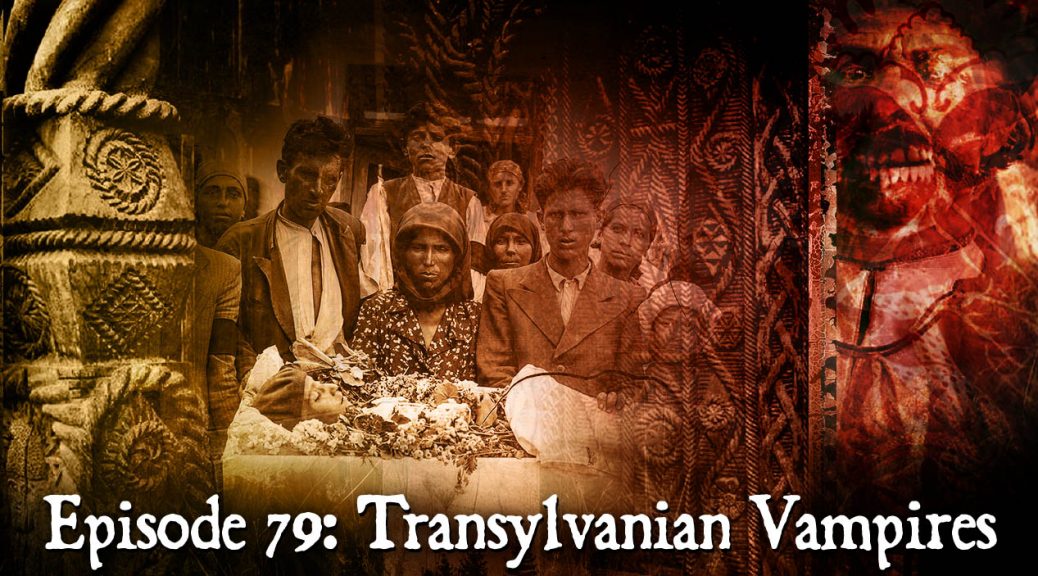




 Our attention turns back to Charles Dickens as we hear a vivid passage describing the death of the nemesis of his novel Dombey and Son, published as a serial between 1846 and 1848; it is literature’s first death by train. Mention is also made of his classic ghost story, “The Signalman” from 1865.
Our attention turns back to Charles Dickens as we hear a vivid passage describing the death of the nemesis of his novel Dombey and Son, published as a serial between 1846 and 1848; it is literature’s first death by train. Mention is also made of his classic ghost story, “The Signalman” from 1865.
 We then examine the musical phenomenon of songs that portray phantom trains as conveyances to the afterlife, in particular the gospel trope of Death as a Train that may arrive to unexpectedly whisk you off to the Great Beyond, thereby reminding listeners of the need to get right with God. An elaboration of this theme involves the Hell Train, driven by the Devil himself, one which takes those who refuse to make the afore-mentioned spiritual preparations. Included here are songs or song-sermons recorded by The Clinch Mountain Clan, The Carter Family, Rev. J. M. Gates, Rev. H.R. Tomlin, Rev. A.W. Nix, Chuck Berry, and Gin Gillette.
We then examine the musical phenomenon of songs that portray phantom trains as conveyances to the afterlife, in particular the gospel trope of Death as a Train that may arrive to unexpectedly whisk you off to the Great Beyond, thereby reminding listeners of the need to get right with God. An elaboration of this theme involves the Hell Train, driven by the Devil himself, one which takes those who refuse to make the afore-mentioned spiritual preparations. Included here are songs or song-sermons recorded by The Clinch Mountain Clan, The Carter Family, Rev. J. M. Gates, Rev. H.R. Tomlin, Rev. A.W. Nix, Chuck Berry, and Gin Gillette.